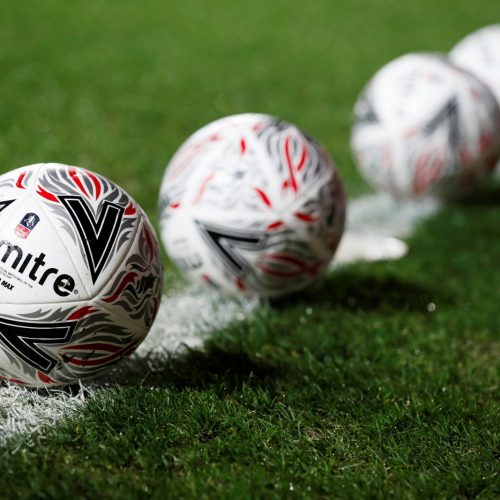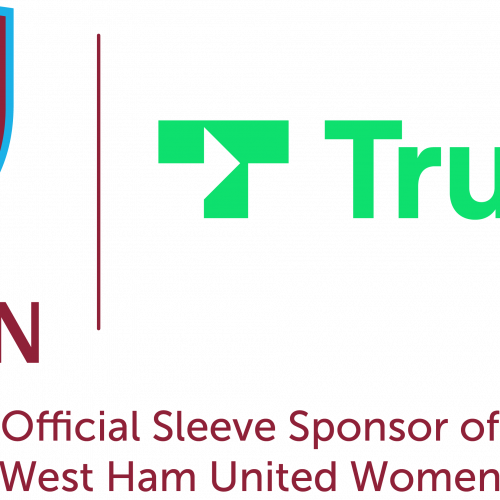You’ll Never Watch Alone – How football fan behaviour is changing and what it means for brands
This is a guest post by Matt Bush, Director of Agencies, Google UK
“Some people think football is a matter of life and death. I don’t like that attitude. I can assure them it is much more important than that”
These words from legendary Liverpool manager, Bill Shankly will seem especially pertinent to Reds fans across the globe this week following the team’s unfortunate 3-1 defeat in the Champions League final to Real Madrid last weekend.
Football holds a unique power over its audiences. Whether at home or in the terraces, celebrating glory or embracing defeat, it’s impossible for fans to move their eyes away from the beautiful game. The emotional connection between a fan and their team builds a heightened level of attention – and this attention transforms into full-scale, unparalleled immersion as the size of the stage and the stakes increase.
And stages don’t come much bigger than the Champions League final.
Liverpool as a club are very familiar with the rollercoaster drama football’s biggest stages can provide. The 2005 Champions League final is etched into the memory of fans across the globe – the ‘Miracle of Istanbul’ saw the Reds stage one of the unlikeliest comebacks in sporting history, with the driving spirit of Steven Gerrard carrying Liverpool to overturn a 3-0 halftime deficit against a dominant AC Milan side.
Three months before goalkeeper Jerzy Dudek’s spaghetti legs saved Andrea Pirlo’s penalty to clinch a stunning victory for Liverpool, YouTube.com went online for the first time. The Reds’ triumph in Istanbul attracted the largest sporting TV audience of the year in 2005 with nearly 14 million people tuning into ITV to see the club win it’s fifth European cup. 13 years on, the ways in which football fans are engaging with their clubs and football in general have evolved.
In the intervening decade between the finals, YouTube has emerged as the go-to online platform for football fans in the UK. The UK has the biggest football-watching audience on YouTube; 15% of Brits use YouTube to watch football videos versus 13% in the US and just 6% each for Brazil and reigning World Cup winners Germany.
The strength of YouTube’s passionate football audience is best evidenced through the partnership with BT Sport – in which BT Sport stream the Champions League and Europa League finals for free on YouTube.
These changing habits have a tangible implications for brands and advertisers. Copa90’s recent study on The Modern Football Fan revealed that 76% of all UK football fans watch football highlights online. Furthermore, the study found that 81% of 16-19 year old UK football fans use YouTube to watch a variety of football-related content, from official highlights to freestyle clips. Equipped with these insights, brands can speak to a traditionally hard to reach audience by considering what they are passionate about, and what they are searching for.
The growth of Copa90 since it’s arrival in 2012 is testament to the value of the YouTube football audience. Amassing 1.6m subscribers and racking up over 322 million views, the fan-fuelled channel quickly placed itself at the epicenter of the online football community – attracting some of the world’s biggest brands as partners, such as Adidas, Hyundai and Nissan.
When you contrast the explosive growth of channels such as Copa90 and the declining viewership of traditional sports channels, the opportunities for brands in spaces which take football out of the TV studio and into the hands of the fans in the stands is evident.
What makes YouTube the perfect platform for colossal occasions like last Saturday’s final is the ripple effect of content that these high profile events create, something which was evidenced in viewing data of the final from Tubular Labs. As Gareth Bale chose to momentarily defy the laws of gravity and dispatch a perfectly executed bicycle kick – Liverpool’s net wasn’t the only net that was rippling.
Bale’s goal was viewed 657,000 times on BT Sport’s YouTube channel alone, and almost 600 videos of the Welshman’s stunning strike had been uploaded by Tuesday, alongside more than 4,200 videos referencing the Champions League final. Unfortunately for Loris Karius, Liverpool’s goalkeeper who had a night to forget in Kiev, almost 1,200 videos of his costly mistakes have been uploaded since Saturday. While the German keeper would not be too keen to go back and rewatch the evening’s events, audiences around the globe clearly were. Moments like this provide quick-thinking brands with an opportunity to piggy-back the trends they see playing out in user searches.
Attention is prerequisite to impact. YouTube has always been an environment that commands the attention of audiences. This combination of the platform’s ability to attract the attention of audiences with a sport that lives in the hearts of millions is an unmissable opportunity for brands – more than simply identifying an audience, brands can place themselves within a community.
Over 300 football clubs have official YouTube channels, and Liverpool recently managed to reach the landmark of 1 million subscribers. But, one of the defining reasons football has found its digital home-turf on YouTube is because the platform enables them to do what they love doing when the football isn’t on – which is, of course, talking about football.
The explosion of channels like Arsenal FanTV is a testament to the growing YouTube football community. Boasting more than 770,000 subscribers (only 50,000 less than Arsenal’s official account), YouTube invites sometimes heated, sometimes hilarious, debate and discussion among Gunners ‘fans. This impressive reach helped Arsenal FanTV pick up a season long sponsorship deal with Ladbrokes – for brands, these rising channels represent a genuine alternative that allows them to engage with fans directly, and crucially, at scale.
The YouTube audience’s passion for football content isn’t just limited to viewing on a screen. EE demonstrated the power of engaging with YouTube’s fanatical football audience through it’s ‘Wembley Cup’. Running for over three years in collaboration with YouTube star, Spencer Owen (aka SpencerFC), the hugely popular branded content series brought together YouTube’s top football and gaming stars with retired footballing legends. Last year the ‘Wembley Cup’ attracted 1.5 million viewers to watch the match on a YouTube livestream, with a further 30,000 fans filling Wembley Stadium.
The digital transformation of the modern football fan has seen people from around the world converge on the platform. For brands and marketers, the blossoming YouTube football community presents an opportunity to engage in an never-ending, ever-growing conversation with audiences hungry for content.
Before the final whistle blows on this article I’d like to finish with one more football quote. Whilst I have a huge amount of respect for Bill Shankly, I’m a Spurs fan and these words from the legendary Tottenham manager Bill Nicholson resonate not just in sport but in everything we do including business:
‘It is better to fail aiming high than to succeed aiming low. And we of Spurs have set our sights very high, so high in fact that even failure will have in it an echo of glory.’
About author
You might also like
Leeds United become first football club to sell official jerseys on TikTok
Leeds United is the first football club in the world to partner with TikTok to sell official merchandise and replica jerseys. Coinciding with the release of the new rhapsody purple,
Lewes FC Appoints Sue Anstiss To Its Board Of Directors
The Lewes FC Board is delighted to announce that it has co-opted Sue Anstiss as a Lewes FC Director. Sue has been a driving force for equality in sport for
Trustly extends partnership to become West Ham United Women’s Sleeve Partner
West Ham United is pleased to announce that Trustly has enhanced its relationship with the Club by becoming the Women’s Sleeve Partner. Trustly, the leading global account-to-account payments platform, became







